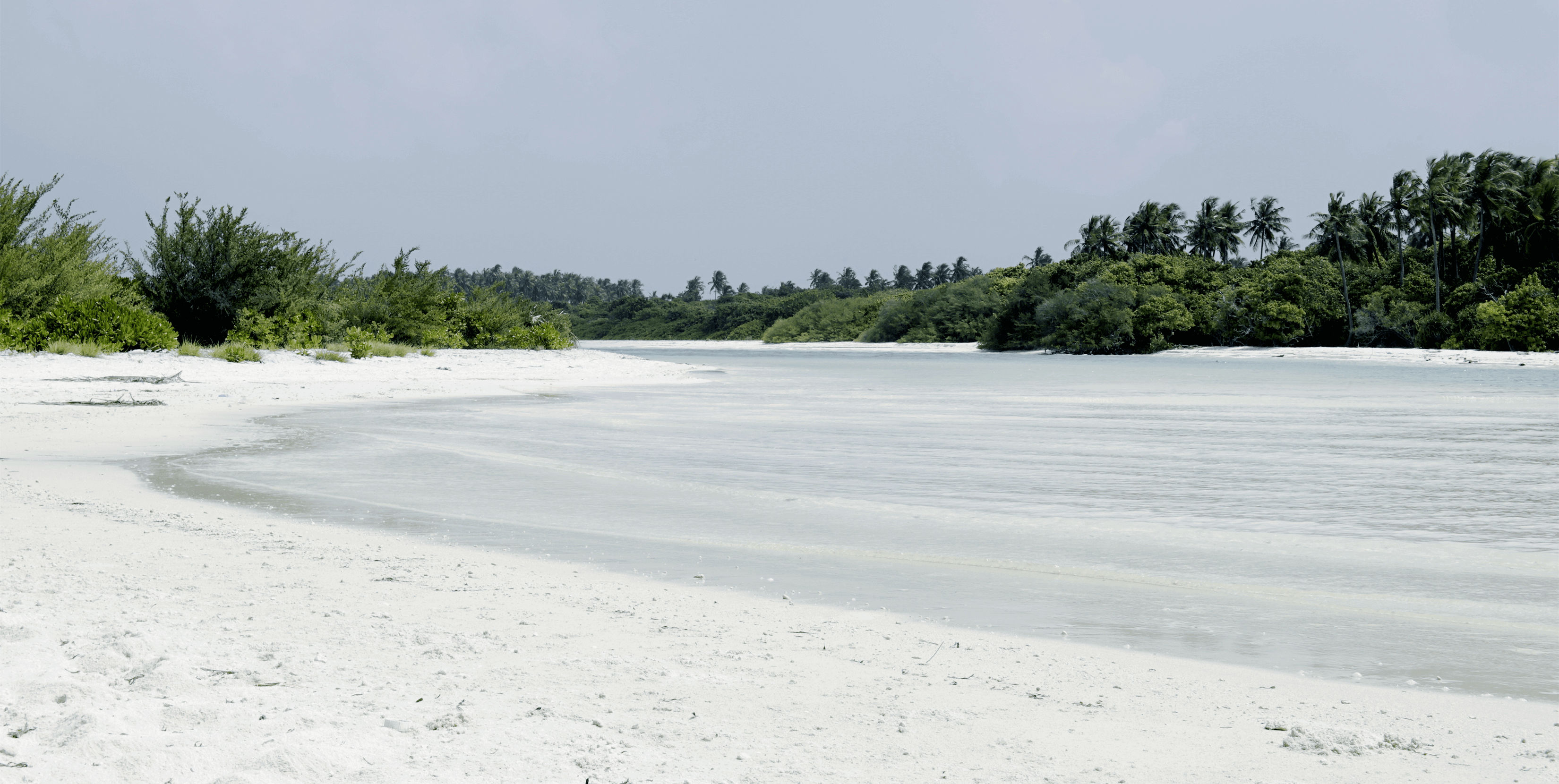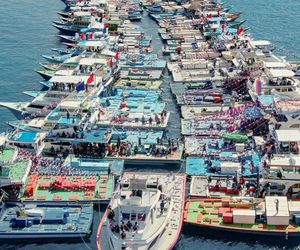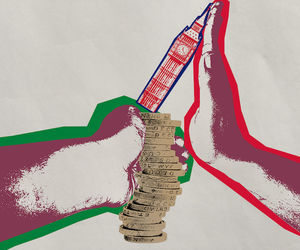Slow and steady for Kelaa’s guesthouse industry
For decades, the north was neglected by central governments in development plans because of its remoteness. Transport difficulties hindered progress and even today resorts – a Maldivian cash cow – are sparse in the region.

12 Nov 2017, 9:00 AM
The road to the southern sandspit of Kelaa curves through thick vegetation, snaking past the coral stone armoury belonging to the British in the Second World War. The overgrowth hides the remains of the Japanese radar station from the 80s, with the end of the hike opening up to a pristine natural pool.
Mohamed Khaji* is a professional diver exploring the island for the first time. A lemon shark swims around him as he snorkels on the housereef by the sandspit. Kelaa’s waters are unused to visitors.
“Kelaa has a unique identity,” he says afterwards, sprawled out on the thin white sandy beach. The island yawns onto the horizon in front of him. “I’ve been to many islands in the Maldives and Kelaa stands out. It is rich in history, biodiversity, and is one of the least explored.”
But guesthouse tourism is slowly changing Kelaa’s fortunes: last week it won ‘Leading Beach Island’ at the 2017 MATATO Maldives Travel Awards.
Become a member
Get full access to our archive and personalise your experience.
Already a member?
Discussion
No comments yet. Be the first to share your thoughts!
No comments yet. Be the first to join the conversation!
Join the Conversation
Sign in to share your thoughts under an alias and take part in the discussion. Independent journalism thrives on open, respectful debate — your voice matters.




